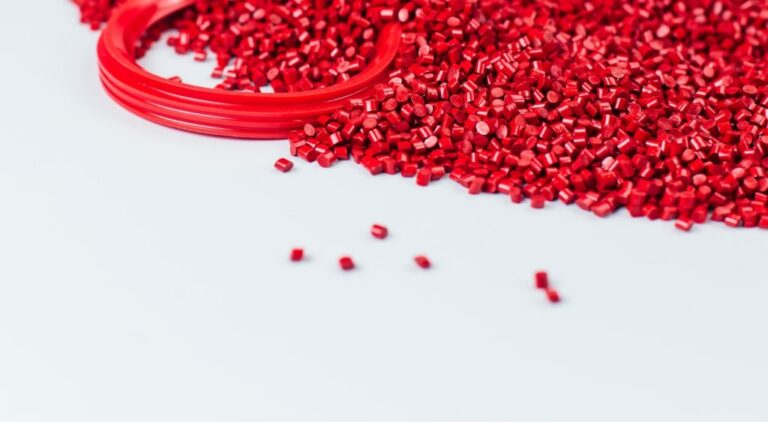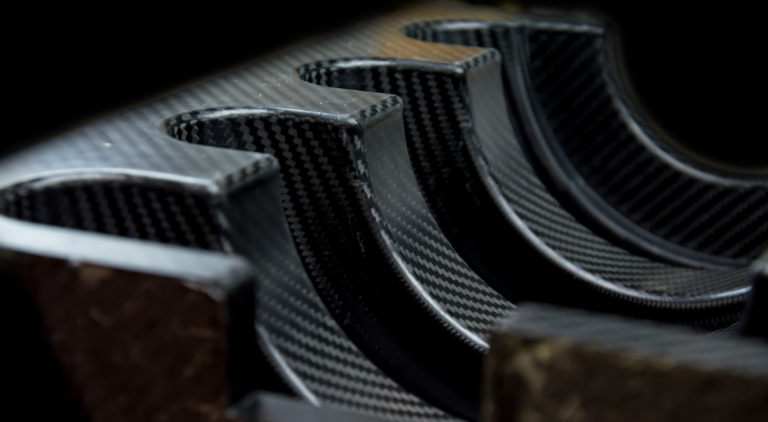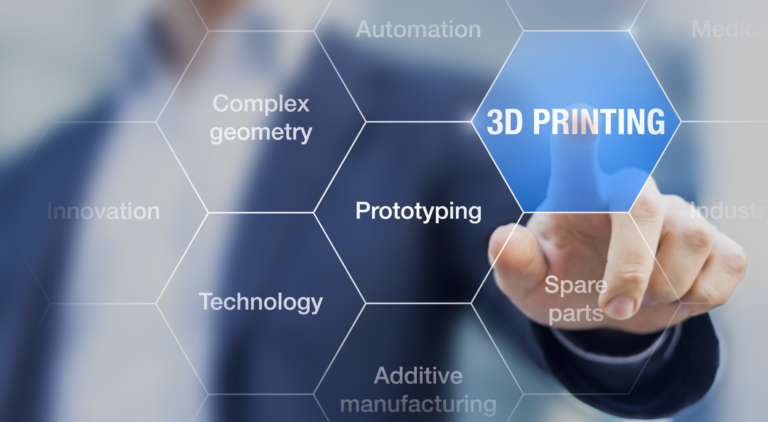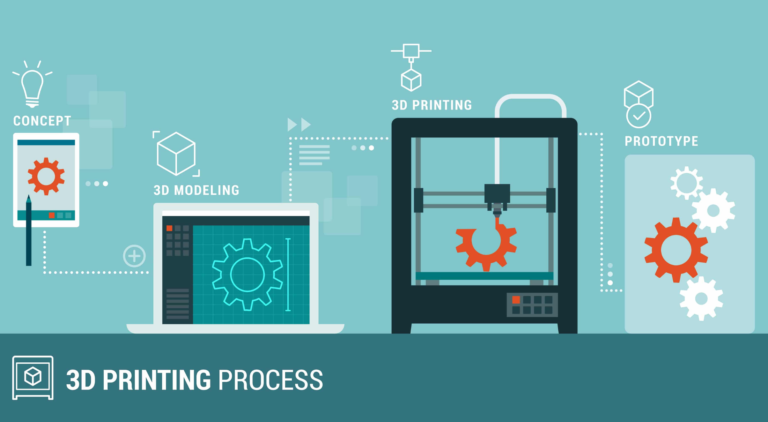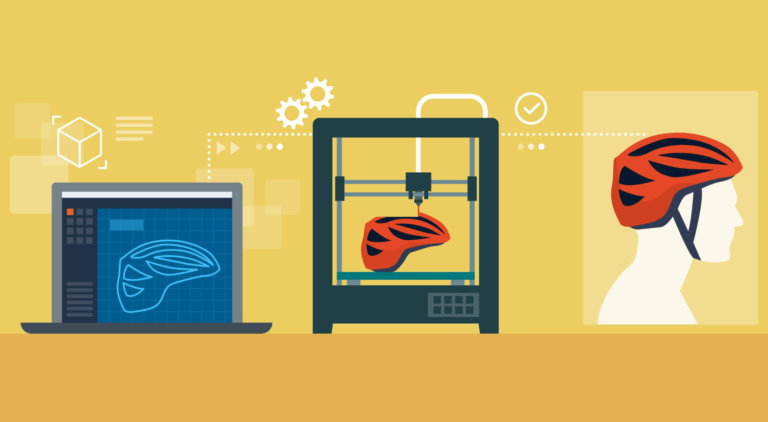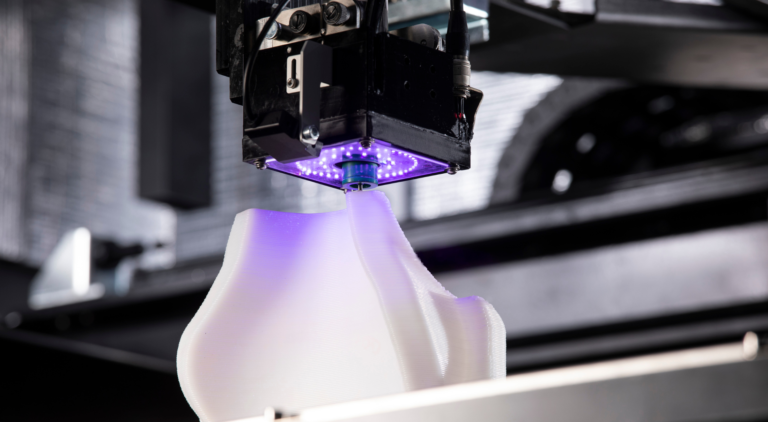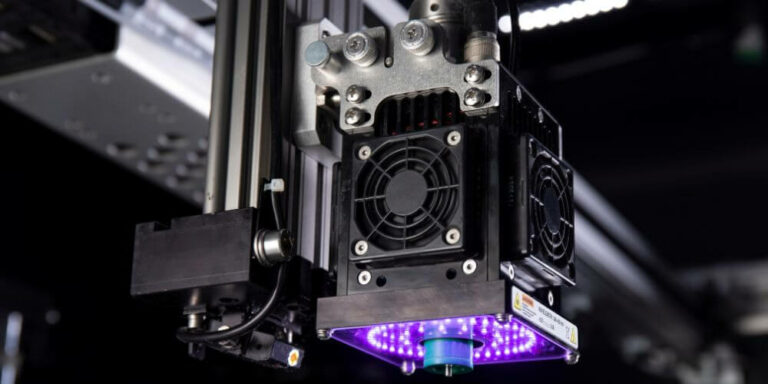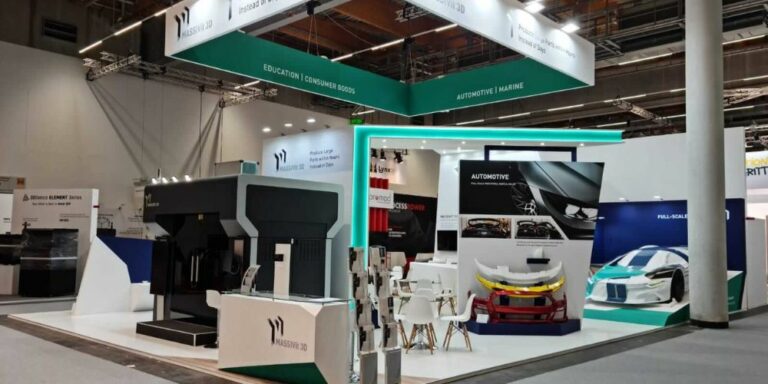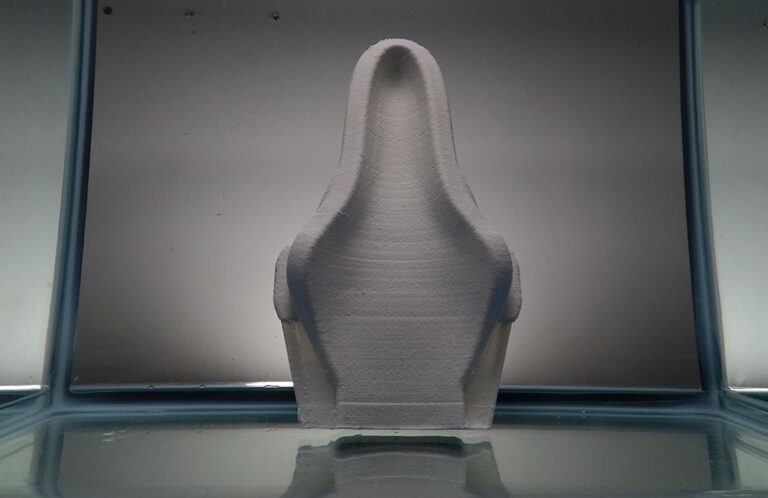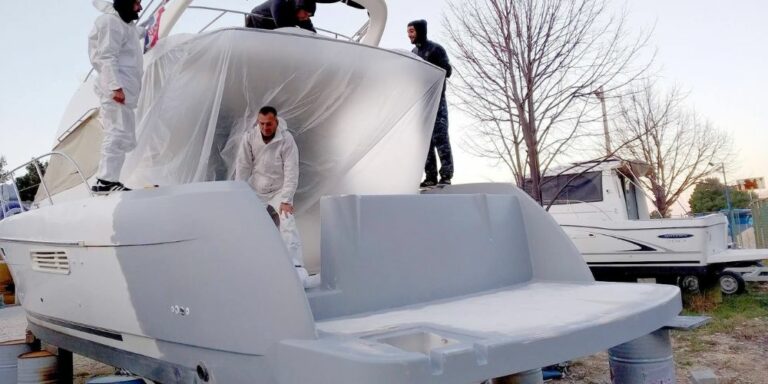Blog
TPU filament is one of the most widely used flexible filaments on the market, with rubber-like material qualities that make it suitable for a wide range of applications, including 3D printing
No matter which industry you are in, you may have noticed an increase in references to “composite materials” over the past few decades. Indeed, many recent manufacturing breakthroughs have been made possible due to these seemingly-futuristic compounds, which might imply that this is all new technology. Despite the major advancements in materials engineering, composite materials actually go back a long way.
Prototyping is a critical phase of product development in which the designer or engineering team is primarily focused on validating the concept. The three pillars of prototyping are form, fit, and function and any or all of these need to be tested for a given product or component to gain valuable user feedback.
Last month we wrote about 3D printing software at scale. It’s a worthy read in its own right, and a valuable precursor to this next topic. Today we’ll address how different 3D printing software can fit into each and every workflow stage.
If you’re using or considering Additive Manufacturing (AM), you know the technology allows for more quickly produced, lighter, higher-performing, or better-optimized parts. You probably know as well that 3D printing is a multi-step process, and that having a design and printer doesn’t mean that a final part is just one mouse click away.
Casting has a history that harkens back to the bronze age. In fact, the first recorded use of casting to create an object was in 3200 B.C. when a frog made of copper was created in Mesopotamia. That began a long journey in the world of casting objects, starting with bronze tools and weapons, and on to ornaments, jewelry, and just about anything one can think of.
Motorized campers began to appear on the scene as early as 1910, and truly started coming into its own by the 1950s. Ever since Prohibition-era bootleggers in the U.S. retuned their cars’ engines to be more powerful in order to evade law enforcement, people have been engaged in a passionate love affair with customizing our motorized vehicles.
Formula racing requires expert engineering combined with experience on the track. Cars must be super lightweight and aerodynamic, so components such as covers (nose, body work), the under tray and wings are often produced with composite materials. Complex curved wings are required that are a challenge to produce in an economical way.
Despite numerous impressive displays at the seventh annual Formnext exposition in Frankfurt last month, by far one of the most head-turning exhibitions was that of Massivit.
A well-known adage says that “time waits for no person”, and these words have never been truer than in today’s rapidly evolving and innovation-driven marketplace.
Today we’re excited to sit down with Bože Radan, the Lead Design Engineer at Velum Nautica. Bože has a master’s degree in Mechanical Engineering and is very passionate about 3D design and how it can be leveraged in the marine and automotive industries.
Regardless of the industry, getting your product to market before your competitors provides a major advantage. This, of course, is business 101. However, sacrificing quality and precision for the sake of speed is simply not an option, especially for industries where consumer safety is at stake, such as automobile manufacturing.
No more posts to show


